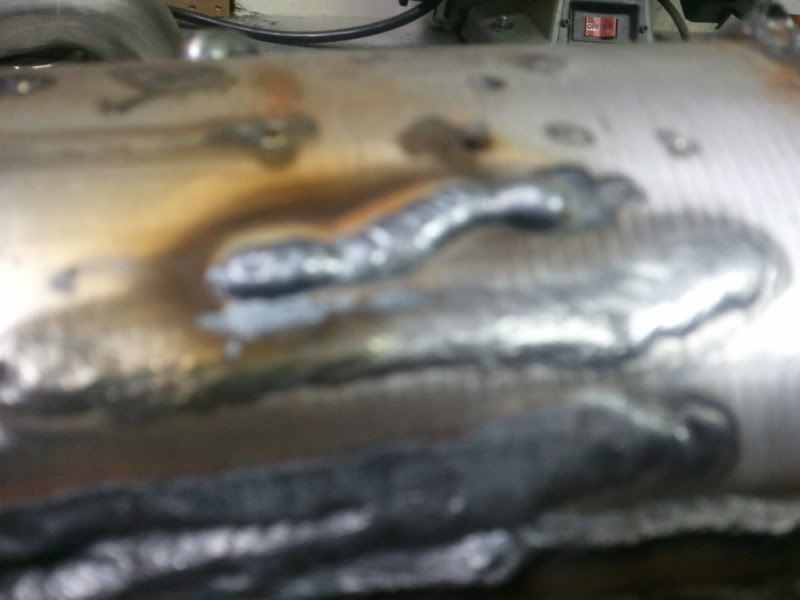Harbor freight 110v arc with tig attachment. No foot control.
Gas set to 16-18
3/32 tungsten, red tip
![Image]()
![Image]()
![Image]()
![Image]()
![Image]()
![Image]()
![Image]()
![Image]()
![Image]()
Turned the heat down to 40amps and went slower.
![Image]()
Gas set to 16-18
3/32 tungsten, red tip









Turned the heat down to 40amps and went slower.


















